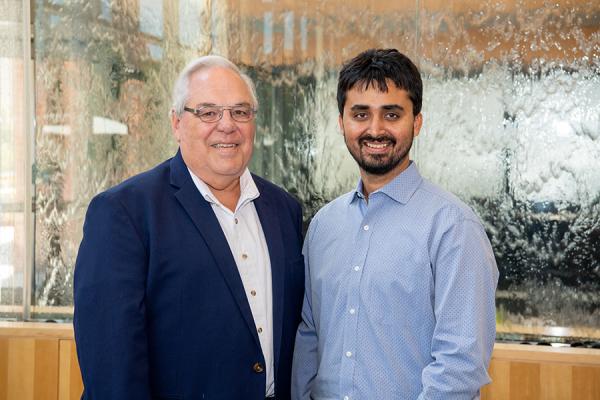Ted E. is an avid Penn State fan. A loyal alumnus and resident of State College, Pennsylvania, he loves going to Penn State events. But attending a basketball game almost ended his life.
“On the way into the arena, I took a shortcut across a section with icy patches,” he says. “I got about halfway across and slipped. I went down hard, hit the back of my head and was knocked out.”
Ted was taken inside the arena where a first-aid crew said he needed to go to the emergency room. He refused. “I had to watch the game,” he says stubbornly. “I lasted about 10 minutes, and they were winning so I decided I could go home.”
Once they were home, Ted’s wife realized her husband was losing consciousness. She called an ambulance and he was taken to the local hospital.
A growing medical crisis
In the emergency room, doctors realized Ted was in immediate danger from his head injury. He was flown by helicopter to a larger hospital in Altoona, Pennsylvania. There, doctors found multiple skull fractures and bleeding in Ted’s brain. After a week in the Intensive Care Unit (ICU), he was stabilized and discharged to a rehabilitation center to complete his recovery near home.
“I was progressing fine there, but I was off the blood thinner I had been taking for years,” he says. “That can be a problem because you can develop blood clots.”
One night while in rehab, Ted suddenly had trouble breathing. He was taken to his local hospital where massive pulmonary embolisms (PEs) — blood clots in the artery of the lungs — were found blocking blood flow to his lungs.
His doctors told Ted’s daughter they had never seen embolisms that bad, and they weren’t sure how he was still alive. A helicopter was called, and he was flown to a hospital in Hershey, Pennsylvania.
The decision to come to Temple
“The clots, combined with the brain injury, began causing heart and breathing problems,” says Ted’s daughter, Ellyn.
